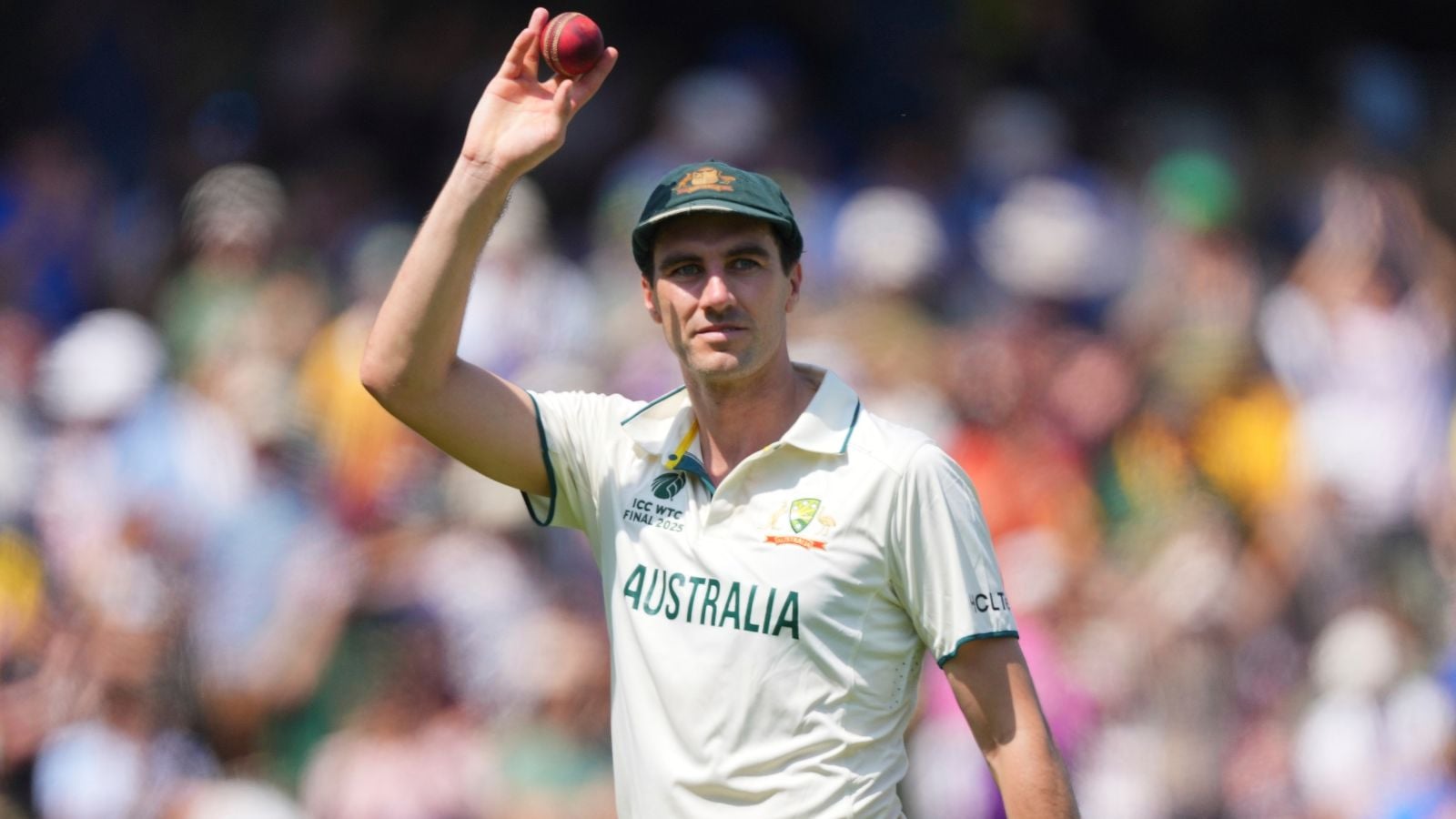For Australia, Pat Cummins is the grand man on the grand stage, the biggest of the big-game players. There are so many matches when Cummins just ambles in and bends the ball, and thus the script of the game, to his will. He makes no fuss about it, speaks as though it is the most natural thing to perform, as if he doesn’t break an extra drop of sweat or put an extra ounce of energy. He de-romanticises the art of pure fast-bowling, pricks holes in his own aura, declutters the complexities of his occupation, and misconstrues an impression that fast bowling is for the masses, that just about anyone strong enough could stroll in and pluck heaps of wickets. It’s the Cummins fallacy.
He would object, because fast bowling fundamentally is a back-breaking exercise. Aching tendons, creaking bones, rebelling ankles and busting back, the Australian captain has spent years in the insufferable wilderness of the injury table. But at the end of all the pain and suffering the body and mind passes through is inexpressible joy. The figures of 18.1-6-28-6, to be soon inked on the most prestigious honours’ board in the game, are remarkable at so many levels.
The numbers in themselves are revealing, of his wicket-taking prowess, of his ability to suffocate batsmen, of his industriousness to bowl nearly one third of the overs his team bowled. The audience has an acquired perception of how he could have done it, hitting hard length, pounding the channel, straightening the ball off the length, nip-backing into them, using the wobble seam and sometimes resorting to the scrambled seam. Some facets of his bowling the television would instruct. The clever shuffling of his length, like a tabla virtuoso imparting the slightest of improvisation, the unflagging discipline, like a stern prison warden (95 dot balls!), his many ways of entrapping batsmen, master of both quick kill and slow murder.
Then there are layers of his bowling only the mind of the viewers could process—like a timeless piece of literature, the watcher needs to piece all these aspects together to fully enjoy the Cummins experience. Like his gift of getting the right breakthrough at the right time. It has been a feature of his journey to the peak-300, be it the countless Ashes, series against India and South Africa, or the many finals he has influenced (WTC 2024, ODI World Cup 2023, T20 World Cup 2021). It’s not happenstance or destiny, but the sheer will and belief to make things happen.
The Bavuma dismissal as microcosm
The Temba Bavuma dismissal provides a classic case. In a punishing mood, the South Africa captain had crunched him for a monstrous six, a pull that was as humiliating as a slap on the face. Cummins shed little anger; the retort was a sharper and quicker bounce that Bavuma ducked. The ball after was a length ball shaping away, a statement that the six has not devastated him. The next ball to him was back of length, tucking away. He read it late. The one after, an over later, was fuller, which he defended innocuously. He was patiently tightening the noose around him. He then burst a full ball outside the off-stump, a tempter to a batsman who was driving anything remotely full. So Bavuma’s front foot strode out, the arms flung, but then the ball moved a wee bit away, it landed an inch shorter than he had judged and the mishit lofted drive was athletically pouched by Marnus Labuschagne.
This was the game’s turning point. He ended a 64-run resistance at the ripest moment, and dislodged the man that could have been central to South Africa securing a lead. From 94 for 4, they melted to 138 all out. The catalyst of the collapse was Cummins himself. He returned fresher after lunch to produce a scary spell of 4.1-1-4-4.
A vicious nip-backer accounted for Kyle Verreynne, albeit on review, and a ball that held off the surface induced a sliding return catch off Marco Jansen. The best ball was designed for David Bedingham. The field was set for a bouncer. But he double-bluffed with a good length ball that screamed in and then held its line to square up Bedingham, defending with an angled bat. He worked Kagiso Rabada over with the short-ball ploy to complete his 300th wicket. Simple. Just like that 300 wickets, with fewer balls that it took a host of luminaries, from Malcolm Marshall and Curtly Ambrose to his great countrymen Glenn McGrath and Dennis Lillee.
Story continues below this ad
Without fuss, noise, or anger. For Australia, he is their grand man on the grand stage.


